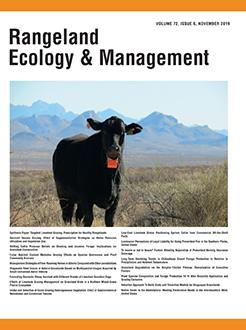The scale of ecological restoration in the Intermountain West (IW), United States is likely greater than anywhere else in the world. This is largely driven by response to accelerating ecological disturbances and government programs that divert privately owned cropland into soil, water, and wildlife conservation use. While restoration in the IW is challenging due to the region's aridity, over the past few decades considerable improvement in restoration seeding success has been achieved using native plants instead of the exotic species that have predominated previously. The IW is blessed with an extensive research infrastructure for native plant material development through the Natural Resources Conservation Service, the Agricultural Research Service, and the US Forest Service. A high demand for native seeds in the IW allows for a large and diverse product base of grasses, shrubs, and forbs in the form of cultivars, selected-class prevariety germplasms, and source-identified populations. Two sister native seed industries, one based on field cultivation and another based on collection from public wildlands, are likely the largest of their kind in the world. Seed is offered, mostly on a speculative basis, to major markets (e.g., Bureau of Land Management consolidated seed buy, Utah Division of Wildlife Resources seed buy, Conservation Reserve Program). Elements of the IW native seed marketplace (e.g., plant material development and cultivated seed production), may be instructive for the development of broadscale-restoration models appropriate for other parts of the world.
BioOne.org will be down briefly for maintenance on 17 December 2024 between 18:00-22:00 Pacific Time US. We apologize for any inconvenience.
How to translate text using browser tools
14 November 2019
Native Seeds in the Marketplace: Meeting Restoration Needs in the Intermountain West, United States
Thomas A. Jones
ACCESS THE FULL ARTICLE
<
Previous Article
|
Conservation Reserve Program
ecological restoration
native plant materials
native seeds
seed production area
wildland seed harvest





